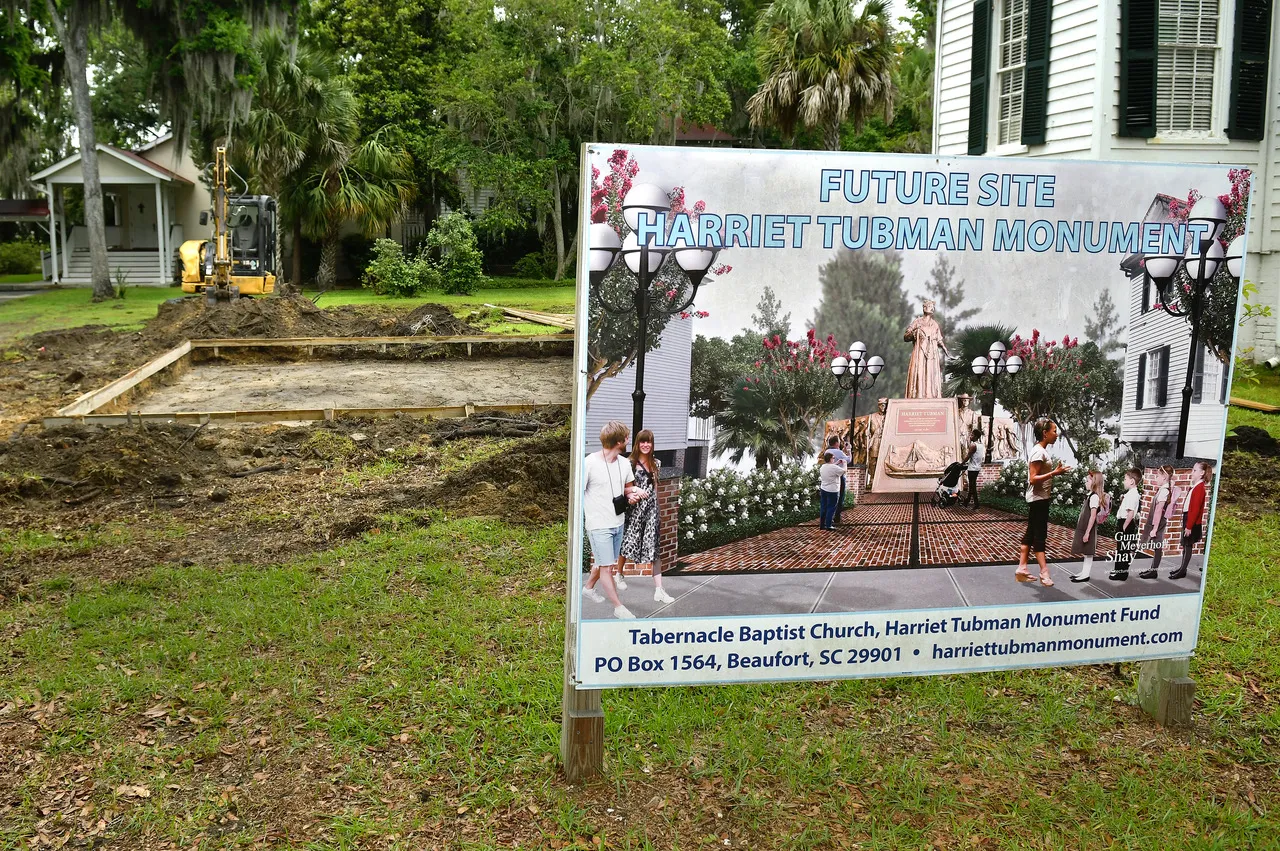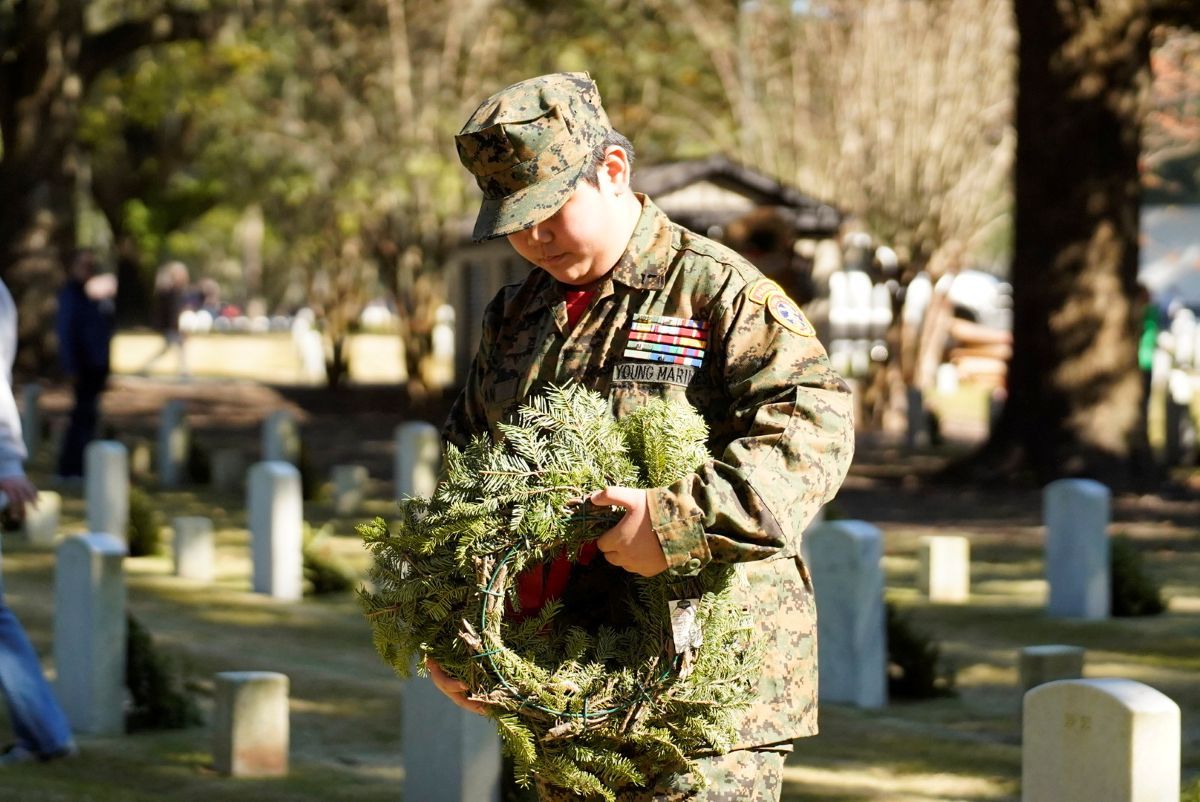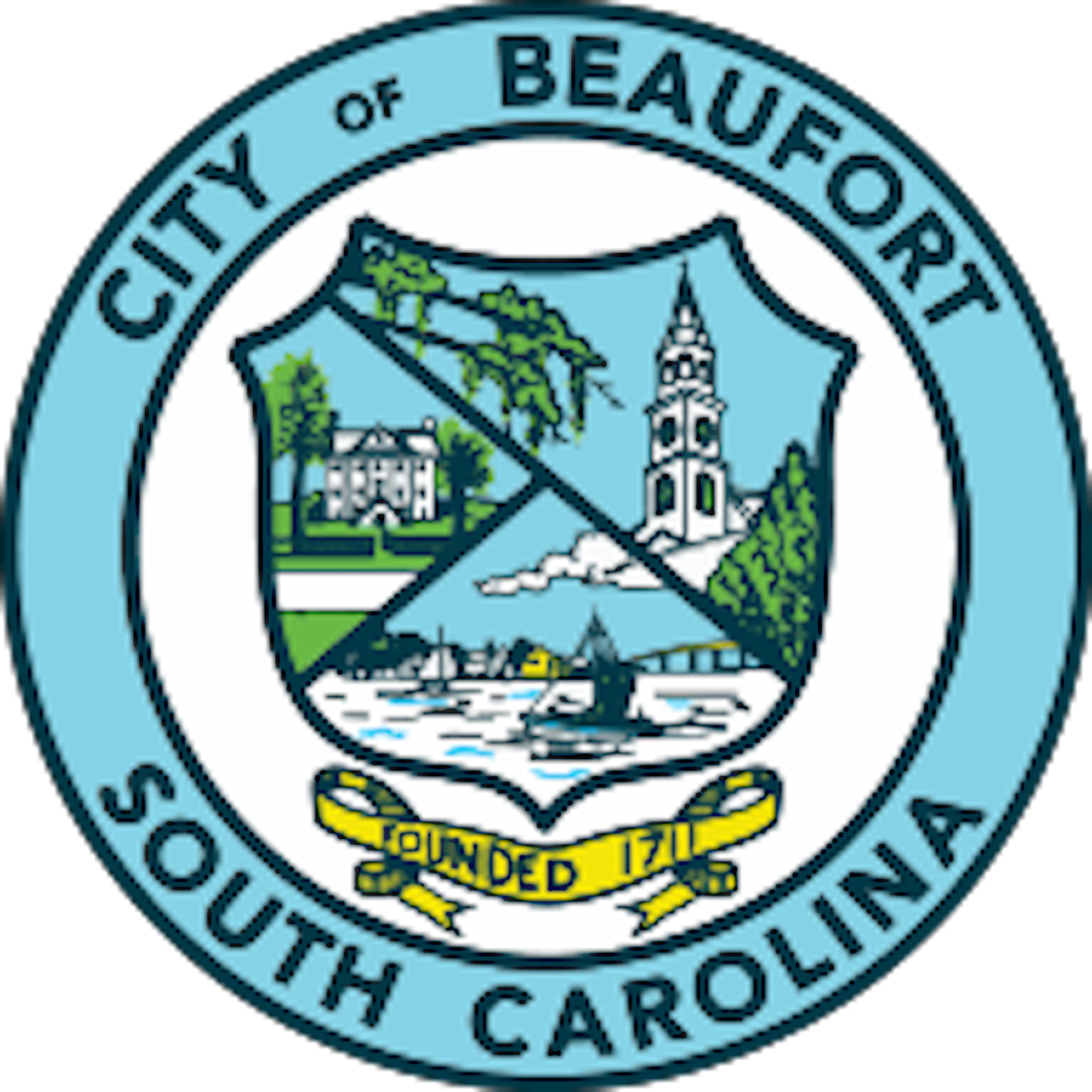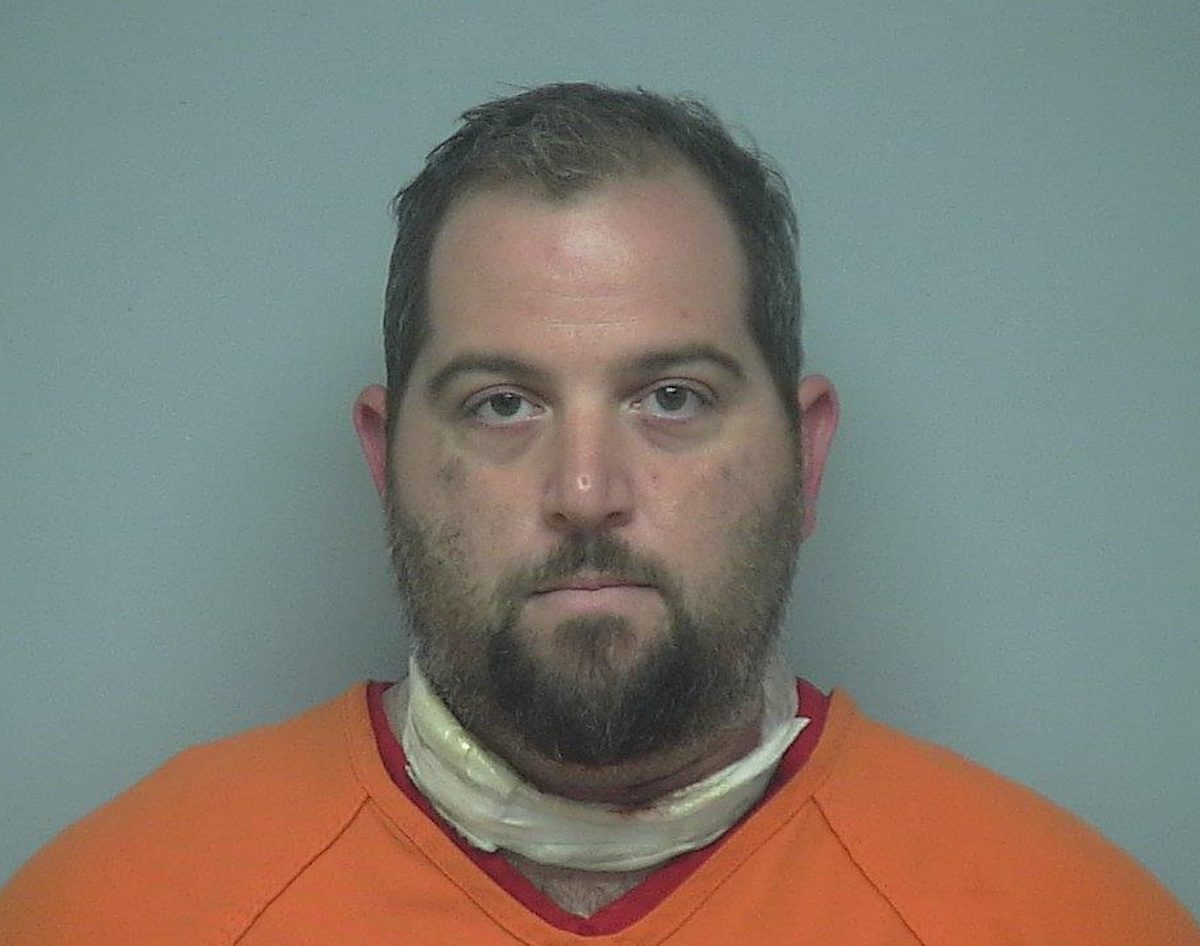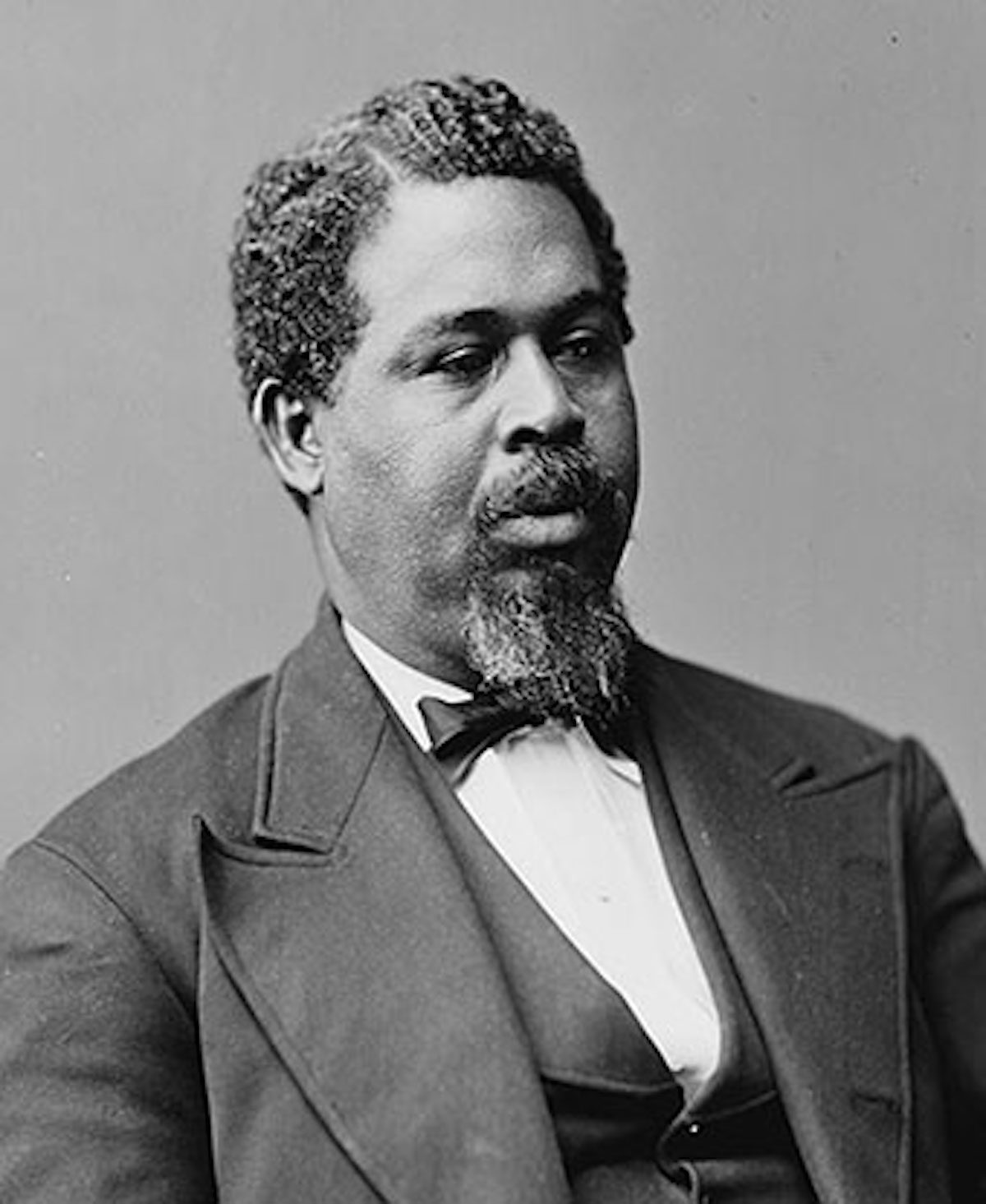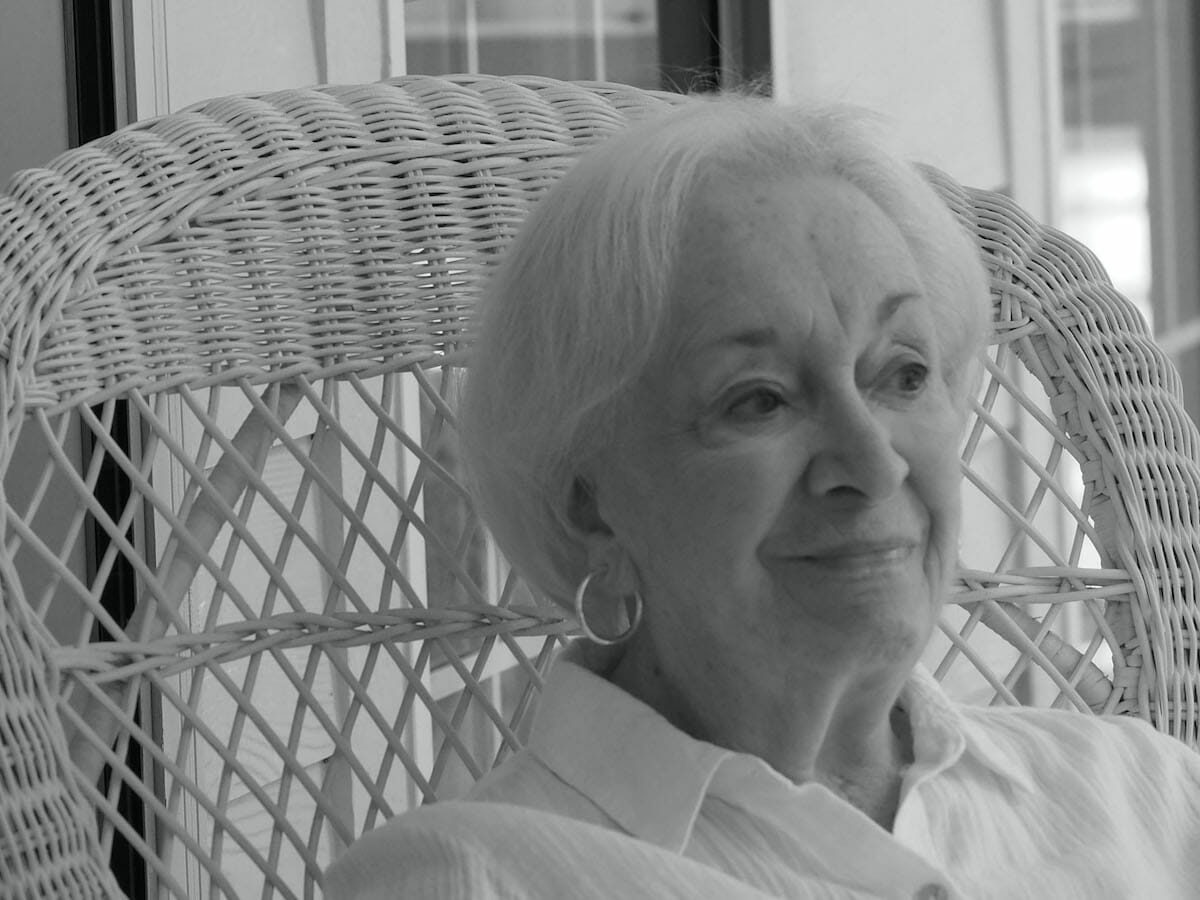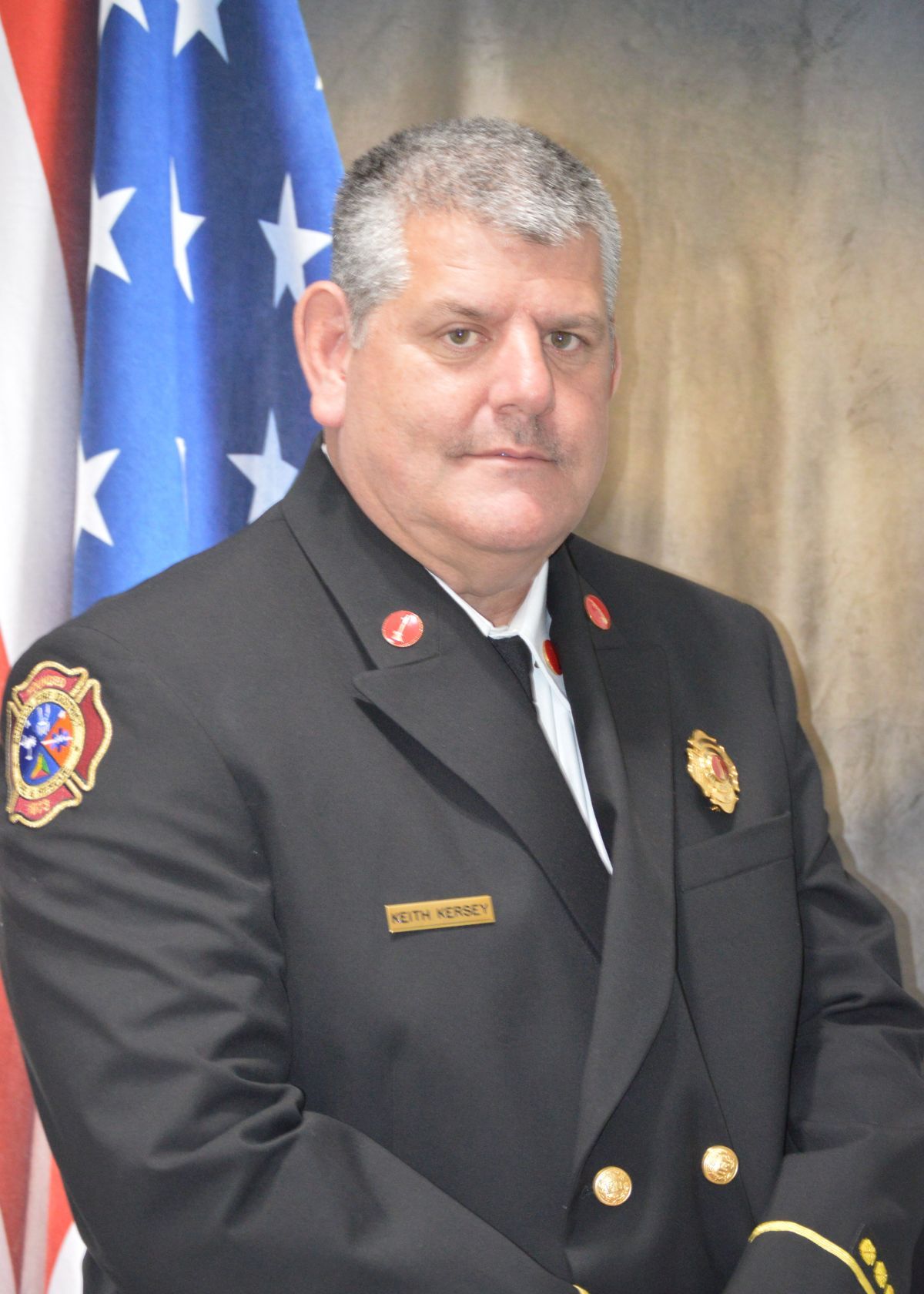Memorial will commemorate Combahee River Raid freeing 700 slaves
By Skylar Laird
A historic Black church in Beaufort will unveil a much-anticipated sculpture of Harriet Tubman on the 161st anniversary of the raid she led that freed more than 700 slaves from Lowcountry plantations.

A monument to Harriet Tubman, which Tabernacle Baptist Church leaders will unveil June 1, the anniversary of the raid in which Tubman helped free more than 700 slaves. Photo courtesy of Tabernacle Baptist Church
The June 1 unveiling of the sculpture, which is eight years in the making, will add to the long history of Tabernacle Baptist Church, where Civil War hero and South Carolina lawmaker Robert Smalls was buried in 1915.
Born enslaved in Maryland in 1822, Tubman is the best-known conductor of the Underground Railroad, as she led at least 70 slaves in Maryland to freedom before the Civil War.
But her work in South Carolina during the Civil War often gets overlooked, said Rev. Kenneth Hodges, the church’s pastor for 29 years. The monument will be the first in the state marking her daring mission in June 1863 along the Combahee River as the first woman to lead a military operation, he told the S.C. Daily Gazette on Monday, May 13.
“Harriet Tubman is a world-renowned figure, and right now, South Carolina isn’t putting any resources into the fact that she was here,” Hodges said.
In 2016, the members of Tabernacle Baptist Church decided to change that. Despite delays caused by the COVID-19 pandemic, the church raised $600,000 for the sculpture itself, plus another $100,000 for other expenses such as landscaping.
The money, all private donations, also covered the funding for an interpretive center on church grounds nearby, where people can go to learn more about Tubman.
The church will unveil the sculpture as part of a three-day celebration of the anniversary of the Combahee River Raid. The celebration, beginning May 31, will feature speeches from experts on Tubman, as well as her great-great-great grand niece, said Hodges, who represented that area of Beaufort and Colleton counties for 12 years in the House.
The festival will also have food trucks, a nod to the fact that Tubman once worked in a bakery in Beaufort, Hodges said.
Tubman, who escaped slavery alone to Philadelphia in 1849, first arrived in South Carolina in 1862. Using a network of spies, the abolitionist spent the following year gathering information about the plantations lining Beaufort’s Combahee River, where hundreds of slaves farmed rice, according to the National Parks Service.
The night of June 1, 1863, Tubman — called the Moses of Her People — led three ships up the river that carried around 300 African American soldiers from the 2nd South Carolina Volunteer Infantry, a regiment consisting largely of freed men from the sea islands. Using Tubman’s knowledge of the area, they avoided explosives and navigated to strategic points.
From the river, the ships sounded their whistles, and hundreds of slaves, including children, came running to the river. Soldiers waiting in rowboats took them to the steamships, where they escaped to safety.
Infantrymen burned the plantations behind them, striking a blow to the Confederacy with the destruction of several million dollars’ worth of homes and crops. By guiding the ships, Tubman became the only Black woman to lead troops in a military operation during the war, according to the National Parks Service.
The 14-foot-tall sculpture will show Tubman flanked by soldiers, with people running toward them, just as the slaves ran toward the boats.
The story was so evocative, the design came easily, said sculptor Ed Dwight, who lives in Colorado.
“That was the fun part, going back in history and seeing her being commissioned by the U.S. government,” Dwight said.
Dwight finds that his sculptures, which include the African American History Monument on Statehouse grounds, teach white and Black people alike about parts of history they didn’t know. Often, they walk away with more empathy than they had before, he said.
“That’s the ever-so-quiet effect of doing memorials down there” in the South, said the Black sculptor.
People might forget Tubman’s operation in South Carolina without reminders like the sculpture or the bridge over the Combahee River bearing Tubman’s name, Hodges said.
In 2006, while he was a state representative, Hodges sponsored the resolution to name the bridge before its construction.
“If we didn’t put emphasis on that, that part of her life would be void,” Hodges said. “It’s going to be a big, big thing for South Carolina.”
Tabernacle Baptist Church, officially organized the same year as the raid, is known for its historical connections, Hodges said.
Smalls, who was a state legislator and five-term congressman along with being a Civil War hero, is buried on the church’s ground.
Born enslaved in Beaufort, Smalls hijacked a Confederate ship to steer his family to freedom and deliver the ammunition on board to the Union on May 13, 1862. Last year, legislators approved designating every May 13 as Robert Smalls Day in South Carolina. Lawmakers agreed unanimously this year to create a commission tasked with recognizing Smalls on Statehouse grounds.
The monument will be the first to memorialize an individual Black person on the capitol complex.
Tabernacle is ahead of the state, Hodges pointed out: The church already has a bust commemorating Smalls.
“Tabernacle has always been associated with history and culture,” Hodges said. “That’s just an extension of our ministry, of our service to the community.”
Skylar Laird covers the South Carolina Legislature and criminal justice issues. Originally from Missouri, she previously worked for The Post and Courier’s Columbia bureau.
S.C. Daily Gazette is part of States Newsroom, the nation’s largest state-focused nonprofit news organization.

Work has begun at the Harriet Tubman Memorial site on the grounds of Tabernacle Baptist Church as seen here Monday afternoon, May 13, 2024. The statue is complete and ready for its new home at the 156-year-old church on Craven Street. Bob Sofaly/The Island News


